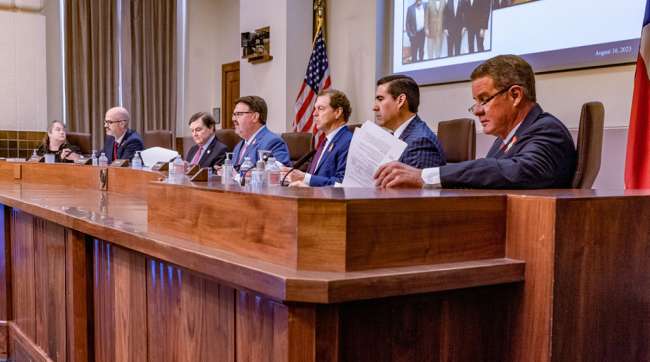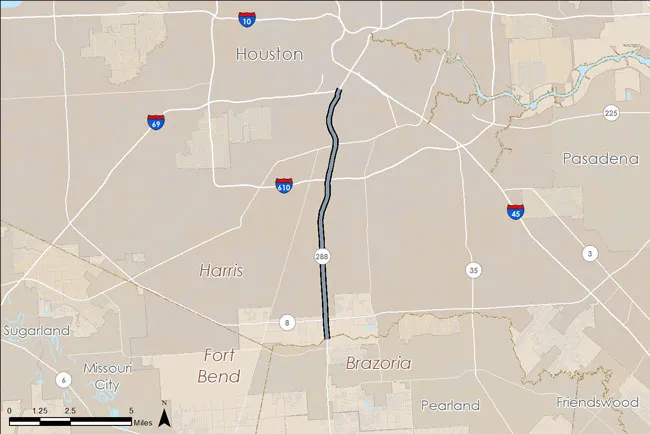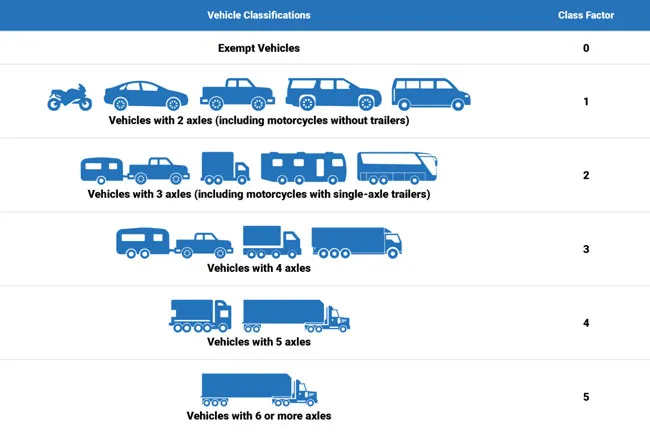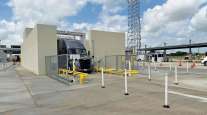Staff Reporter
TxDOT to Assume Control of Key Freight Route, Cut Toll Costs

[Stay on top of transportation news: Get TTNews in your inbox.]
The Texas Transportation Commission is proceeding with a $1.73 billion buyout to take over State Highway 288 tolling operations to lower fares on a key 61-mile freight route between Houston and the Gulf of Mexico.
The commission expects to terminate its “SH 288 Comprehensive Development Agreement” on Oct. 8, replacing toll operator Blueridge Transportation Group with the Texas Department of Transportation, Adam Hammons, TxDOT spokesperson, told Transport Topics.
“The commission has taken action to prepare [TxDOT] for the termination of the CDA to provide Texans better long-term value by placing the project under full state control,” Hammons explained.
Hammons added that the agency believes the buyout cost is substantially below the value of future toll revenues. The buyout payment would be repaid with future toll revenue bonds, allowing for significantly lower toll rates than those permitted under the current agreement.

(txdot.gov)
To accomplish this, the state is creating a transportation corporation to make the $1.73 billion termination payment on behalf of TxDOT.
“It is anticipated that TxDOT will make a loan in the amount of the termination compensation amount from the State Highway Fund to the corporation. This loan would be paid back through future toll revenue bonds issued by the corporation,” Hammons added.
The goal is to offer lower toll rates than the current time-of-day congestion pricing, which fluctuates throughout the day based on traffic and transportation demands along the route.
According to Blueridge Transportation, “Traffic flow is analyzed monthly, and toll price schedules are updated regularly to accommodate historical changes in traffic conditions. As travel demand increases, the toll rates are increased to ensure highway speeds are maintained. If traffic volumes drop, the price is reduced.”

(drive288.com)
Current toll rates are determined by multiplying a base rate for two-axle vehicles. Rates range from two to four times higher depending on vehicle classifications based on the number of axles. For example, a four-axle vehicle is charged three times more, and a five-axle vehicle pays four times more. The highest rates are five times the base rate for vehicles with six or more axles.
Hammons explained that while tolling policies will remain unchanged during a contractually mandated transition period, TxDOT expects to implement significantly lower toll rates in the future compared to those currently permitted under the existing agreement.
Cox Automotive's Kevin Clark discusses how dynamic parts management can transform your fleet services. Tune in above or by going to RoadSigns.ttnews.com.
In addition to offering lower toll rates, the new arrangement will enable TxDOT to add free general-purpose lanes along SH 288 in the future without facing the contractual restrictions and repayment requirements specified in the concession agreement, he noted.
In July, the Texas Transportation Commission approved the plan to part ways with the existing SH 288 toll operator, which had been operating the paid roadway since its opening in November 2020 under a 52-year concession.
Toll revenue collected after the October termination date “will be collected on behalf of the citizens of Texas, focusing on SH 288’s needs and future transportation infrastructure within the region,” the commission stated. “The commission’s decision to manage SH 288 through a commission-created transportation corporation would provide more flexibility in achieving those initiatives.”
Want more news? Listen to today's daily briefing below or go here for more info:





